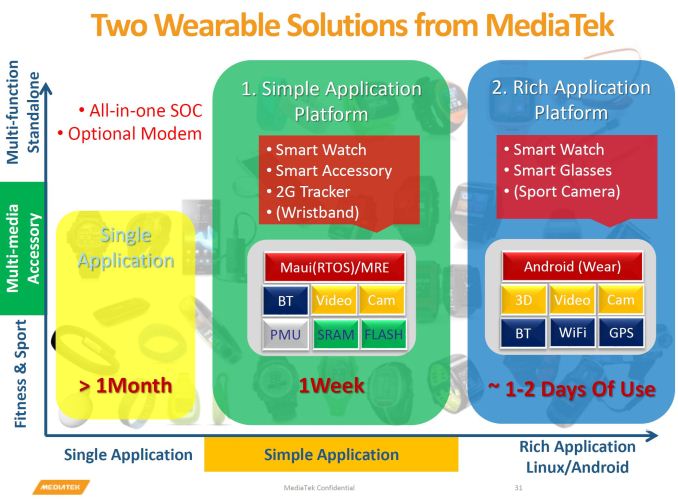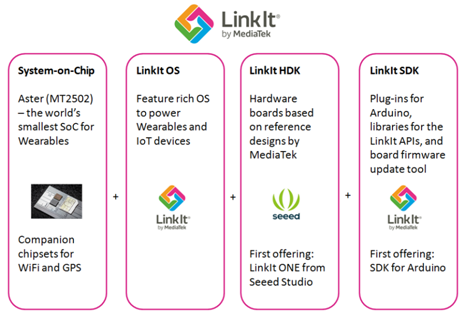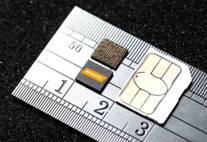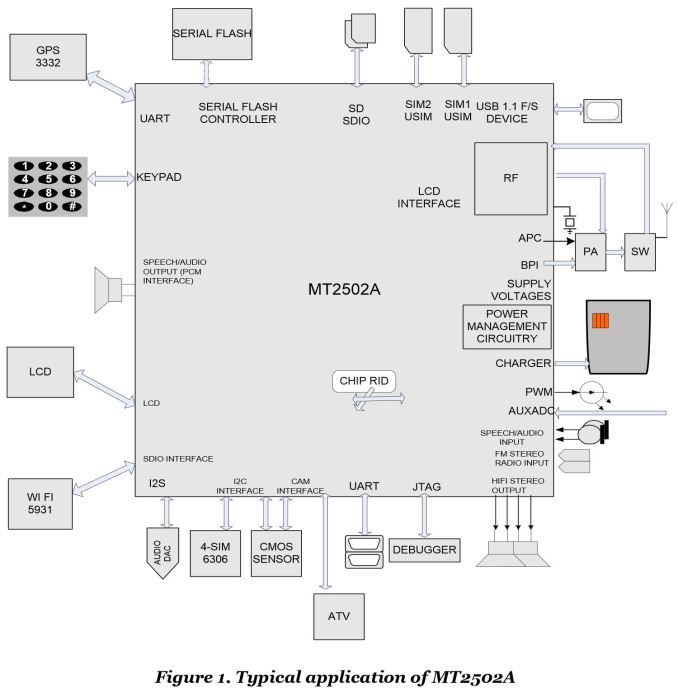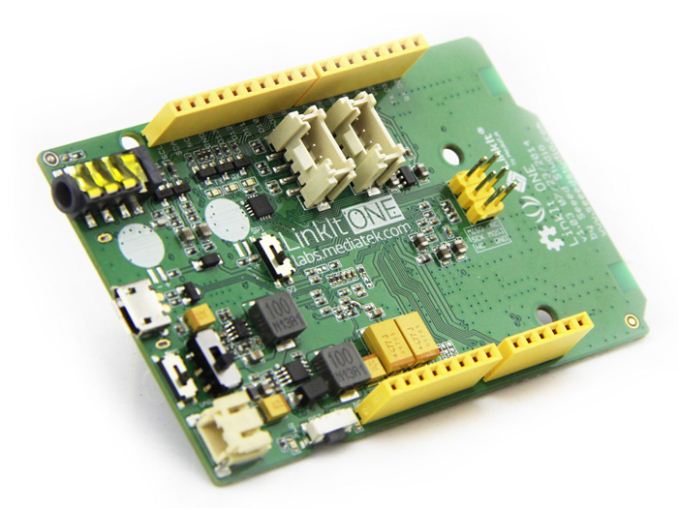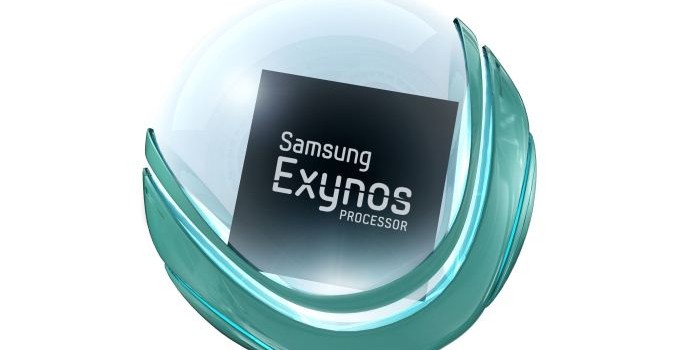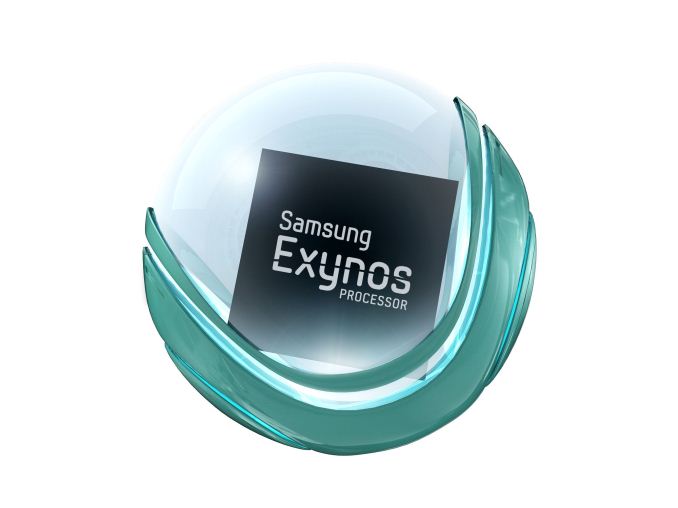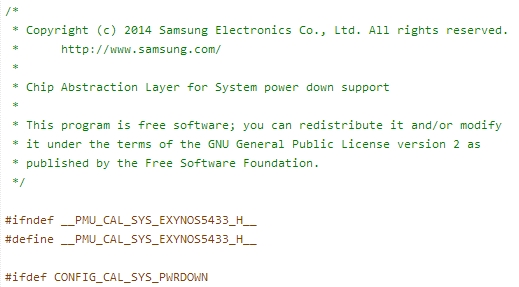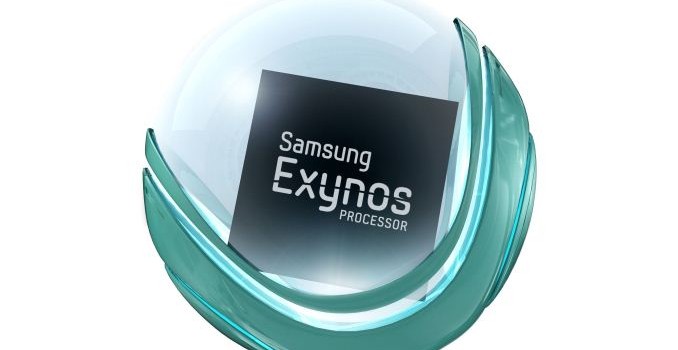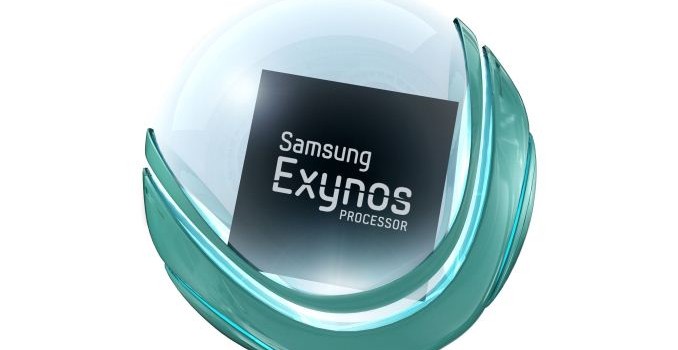MediaTek Labs and LinkIt Platform Launch Targeting IoT and Wearables
Companies such as Motorola, Apple, Nest, and Fitbit have been targeting the Internet of Things (IoT) and wearables market with devices for the past several years. However, if the smartphone revolution was any indication, we are merely at the tip of the iceberg for these devices. Even Apple acknowledged as much by naming the processor inside the Apple Watch the “S1”, clearly planning for future revisions.
Today, hoping to capitalize on this next wave of technology proliferation, MediaTek is formally launching their Labs program for IoT and wearables. This is one of many announcements we will see over the next year as companies look to enter this market.
MediaTek Labs’ goal is to be a central hub for developers to collaborate on everything from side-projects to big business device production. With Labs, MediaTek provides software and hardware development kits (SDKs and HDKs), technical documentation, example code, and discussion forums. MediaTek was a late entry into the smart phone market in 2009/2010 but has since exploded in popularity largely due to very complete reference designs and aggressive pricing. MediaTek aims to reproduce this success, only earlier, for the IoT and wearables space.
When discussing hardware, it’s important to keep in mind there are actual several sub markets. I’ve reproduced a slide and table from MediaTek that does a decent job laying out the differences.
| MediaTek’s IoT and Wearables Market Segment Description | |||||||||||
| One Application Use (OAU) | Simple Application Use (SAU) | Rich Application Use (RAU) | |||||||||
| Examples |
Fitness Tracker |
Smart Wristband Smart Watch Child/Elderly Safety |
High-end Smart Watch Smart Glasses |
||||||||
|
Hardware |
MCU (<100 MHz) |
MCU (100-300 MHz) |
AP (>1GHz w/ multi-core) |
||||||||
| Optional Hardware | LED Display |
LED or TFT Display GSM/GPRS GPS Wi-Fi |
See-Through Display GSM/GPRS GPS Wi-Fi |
||||||||
| OS | None | Mostly RTOS | Mostly Linux | ||||||||
| Price Point | Lowest | Middle | Highest | ||||||||
| Battery Life | Long (>7 days) | Medium (5-7 days) | Short (2-3 days) | ||||||||
| Characteristics |
Limited computing power, focusing on one task (such as sports, health, find device) Mostly non-display or with very simply LED display |
May have multiple functions and can update apps Also need outdoor/indoor positioning Focus for MediaTek LinkIt and Aster (MT2502) chipset |
Multiple apps and functions Sophisticated UI with more powerful graphics and multimedia features |
||||||||
One thing I do not like about this table is it insinuates these markets are mutually exclusive. While I agree there are indeed hardware and software differences between sub markets, with low enough sleep power and smart enough software, a single device could contain both a high performance applications processor (AP) as well as a low power microcontroller (MCU). In fact, that’s exactly what Intel’s Edison platform and many smart phones do, such as the Moto X. Nevertheless, hybrid devices are certainly more complicated and there is a lot of success to be had focusing on a single task.
For example, the popular Pebble smart watch and Nest thermostat each contain a simple MCU with no high performance AP. This is exactly what MediaTek is targeting with their first platform release on labs: LinkIt. LinkIt actually refers to MediaTek’s new MCU operating system, which is launching alongside a new SoC named Aster or MT2502. Additionally, a hardware development kit from partner Seed Studio is available through Labs, as well as a software development kit to aid in firmware development and to help port existing Arduino code.
The core of this kit is of course the new Aster MT2502 SoC. MediaTek feels it is uniquely positioned with an SoC that contains an MCU, Power Management Unit (PMU), Memory, Bluetooth 4.0, and a GSM and GPRS Dual SIM modem (850/900/1800/1900MHz). The total size of the SoC is 5.4×6.2mm. If GPS/GLONASS/BEIDOU or WiFi b/g/n are desired, MediaTek provides compatible external ICs for each.
| MediaTek Aster MT2502 SoC | |||||||||||
| Size | 5.4mm x 6.2mm | ||||||||||
| Package | 143-ball, 0.4mm pitch, TFBGA | ||||||||||
| CPU | ARM7 EJ-S 260MHz | ||||||||||
| Memory | 4MB RAM integrated | ||||||||||
| Storage | 4MB Flash integrated | ||||||||||
| PAN | Dual Bluetooth 4.0 | ||||||||||
| WAN | GSMS and GPRS dual SIM modem | ||||||||||
| Power |
PMU and charger functions Low power mode and sensor hub function |
||||||||||
| Multimedia | AMR speech codec, HE-AAC music codec, Integrated audio amplifier, JPEG decoder/encoder, MJPEG decoder/encoder, MPEG4 decoder/encoder | ||||||||||
| Interfaces | LCD, VGA camera, I2C, SPI, UART, GPIO, SDIO, USB 1.1, Keypad, Serial Flash, JTAG, ADC, DAC, PWM, FM Radio | ||||||||||
Developers eager to get their hands dirty can do so as of today for $79. The LinkIt One development board is available and shipping from Seed Studio. This board combines the Aster MT2502A SoC, MT5931 for WiFi, MT3332 for GPS, audio codec, SD card, many I/O interfaces similar to Arduino, and Arduino shield compatibility.
It will be a while before we see non-prototype designs featuring LinkIt and Aster hit the market, but if MediaTek has its way that will only be the start. MediaTek plans on releasing more SDKs, HDKs, and chips through their Labs website and partners over the next few years. As of this writing MediaTek has already posted a beta SDK and emulator for Android targeting the higher performance IoT and wearable devices. While I am not personally sure just what additional smart devices I need in my life right now, I actually think that gets me more excited about the future than otherwise.



